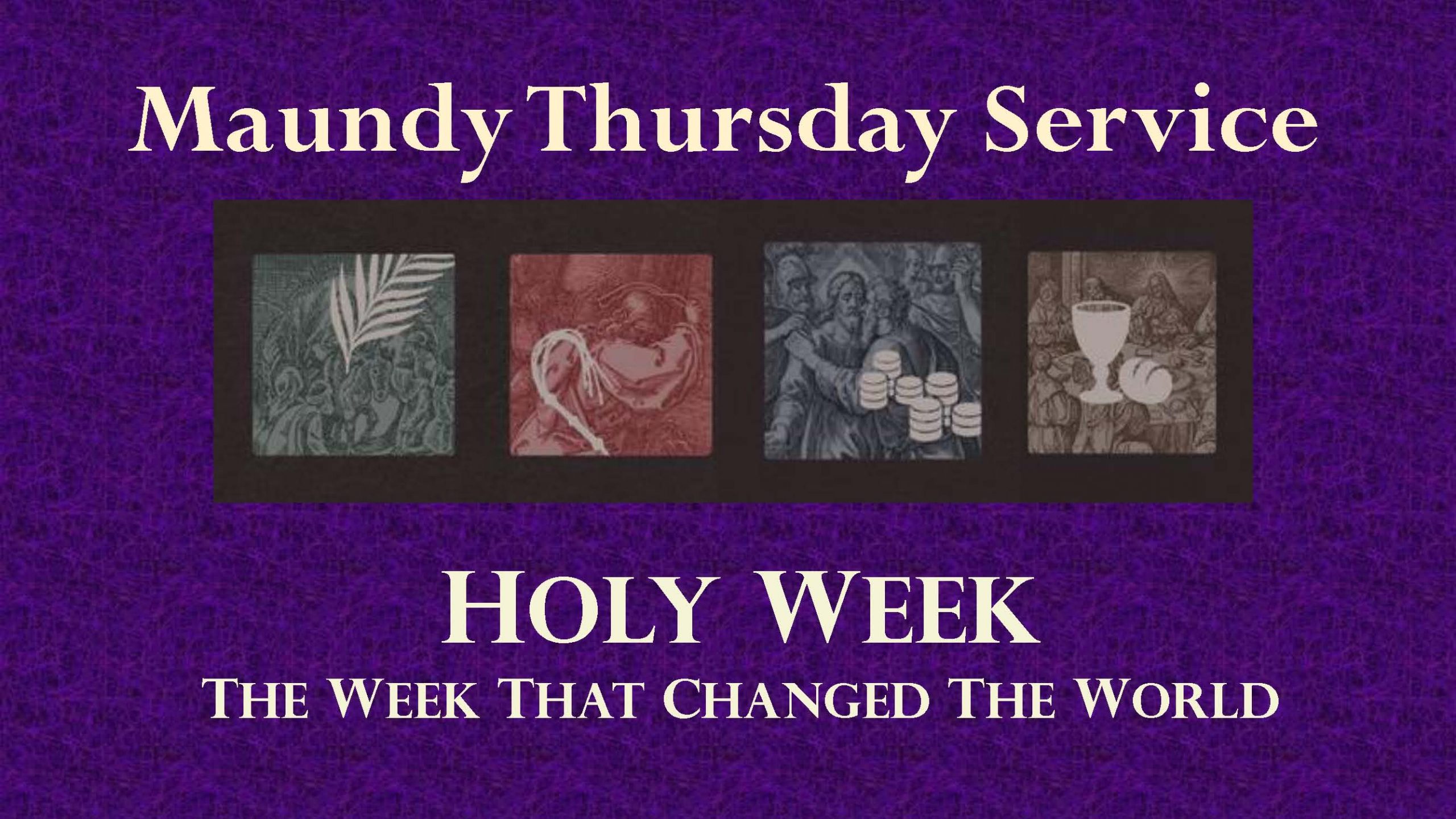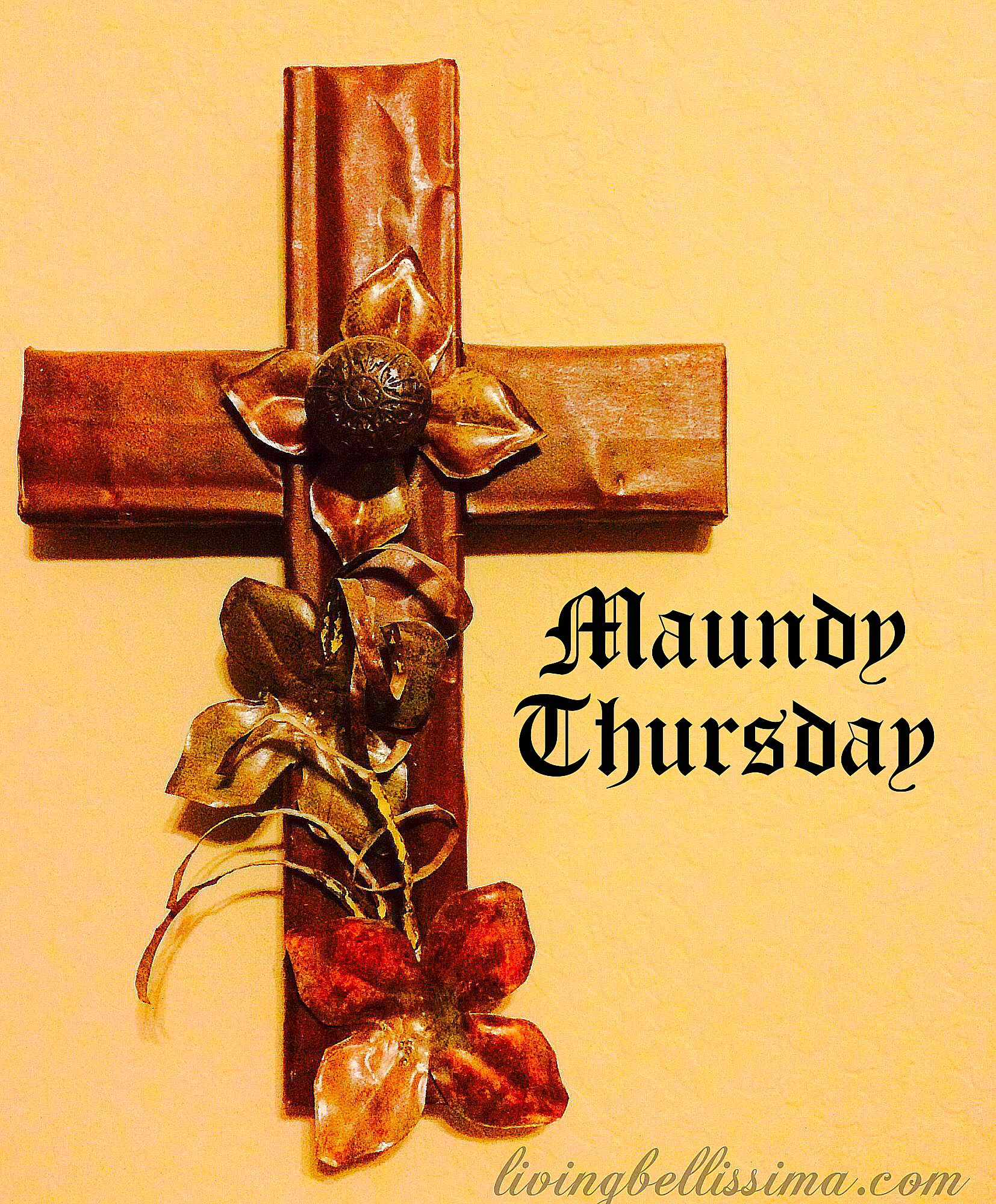**Maundy Thursday is one of the most significant days in the Christian calendar, marking the beginning of the Easter Triduum. It’s a day filled with rich traditions, solemn rituals, and deep spiritual meaning. But have you ever wondered how different cultures around the world celebrate this holy day? From washing feet to special liturgical ceremonies, Maundy Thursday has a unique charm that resonates with millions of Christians globally. So, let’s dive right into it and uncover the fascinating ways people honor this sacred occasion.**
Maundy Thursday is more than just a religious event; it’s a celebration of humility, service, and love. In many ways, it sets the tone for the profound reflections of Good Friday and the joyous celebration of Easter Sunday. Whether you’re attending a church service, participating in a foot-washing ceremony, or simply reflecting on the teachings of Jesus, Maundy Thursday offers a moment to pause and connect with your faith.
As we explore how Maundy Thursday is celebrated, we’ll uncover the traditions that make this day so special. From the Vatican to small communities around the world, the rituals and practices vary, but the essence remains the same—a reminder of Jesus’ last supper and his commandment to love one another. So, whether you’re curious about the history behind the day or eager to learn about modern celebrations, you’re in for a treat!
Read also:Sara Var The Rising Star You Need To Know About
What Exactly Is Maundy Thursday?
Maundy Thursday, also known as Holy Thursday, occurs on the Thursday before Easter. It commemorates the Last Supper of Jesus Christ with his disciples and the institution of the Eucharist. The term “Maundy” comes from the Latin word “mandatum,” meaning “commandment,” referring to Jesus’ new commandment to love one another as he loved us. This day is not just about remembering historical events but also about living out the teachings of Jesus in our daily lives.
For Christians, Maundy Thursday is a time to reflect on the profound act of humility when Jesus washed the feet of his disciples. It’s a powerful reminder of servant leadership and the importance of putting others before ourselves. Whether through prayer, fasting, or acts of service, believers find meaningful ways to honor this holy day.
Why Is Maundy Thursday Important?
Maundy Thursday holds immense significance in Christianity because it marks the night Jesus was betrayed and the evening he shared his final meal with his disciples. This day bridges the events of Holy Week, leading up to the crucifixion on Good Friday and the resurrection on Easter Sunday. It’s a time to remember the sacrifice Jesus made and the covenant established through the Eucharist.
One of the key reasons Maundy Thursday is important is its focus on humility and service. The foot-washing ceremony, which is practiced in many churches, symbolizes Jesus’ example of serving others. By participating in this ritual, believers are reminded of the importance of compassion and selflessness in their faith journey.
A Brief History of Maundy Thursday
The origins of Maundy Thursday can be traced back to the Gospels, where the story of the Last Supper is recounted. In John 13:1-17, Jesus washes the feet of his disciples, setting an example of humility and service. This act became a central part of Christian tradition, inspiring countless generations to embrace a spirit of love and sacrifice.
Over the centuries, Maundy Thursday celebrations have evolved, incorporating various customs and rituals. In medieval Europe, monarchs would often participate in foot-washing ceremonies and distribute alms to the poor. These practices continue in some form today, reminding us of the enduring legacy of this holy day.
Read also:The Founder Ottoman Kpkuang Ndash A Journey Of Passion Dedication And Success
How Is Maundy Thursday Celebrated Around the World?
Celebrations of Maundy Thursday vary widely across different cultures and denominations, but they all share a common thread of reverence and devotion. From grand ceremonies in cathedrals to intimate gatherings in local communities, the spirit of Maundy Thursday is alive and well. Let’s take a look at some of the most fascinating traditions from around the globe.
Foot-Washing Ceremonies
One of the most iconic traditions of Maundy Thursday is the foot-washing ceremony. In many churches, priests or ministers reenact Jesus’ act of humility by washing the feet of twelve members of the congregation. This ritual serves as a powerful reminder of the importance of serving others and putting their needs before our own.
In the Vatican, the Pope himself participates in a foot-washing ceremony, often choosing individuals from diverse backgrounds to symbolize the universal nature of Christ’s love. It’s a moving spectacle that draws thousands of pilgrims to St. Peter’s Basilica each year.
Special Liturgical Services
Many Christian denominations hold special liturgical services on Maundy Thursday. These services often include the consecration of the Eucharist, readings from the Gospel accounts of the Last Supper, and prayers of thanksgiving. Some churches also observe the stripping of the altar, where all decorations are removed to symbolize the desolation of Good Friday.
In Orthodox traditions, the celebration of the Divine Liturgy of the Presanctified Gifts takes place, where pre-consecrated bread and wine are distributed to the faithful. This unique service highlights the continuity of the Eucharist throughout the liturgical year.
Traditional Foods and Customs
Food plays an important role in many Maundy Thursday celebrations. In Spain, for example, it’s customary to eat “torrijas,” a type of sweet bread soaked in milk and honey. In Poland, families prepare “żurek,” a sour rye soup served in a bread bowl, as part of their Easter feast. These culinary traditions add a cultural dimension to the religious observance, making it a truly immersive experience.
In some communities, people abstain from eating meat on Maundy Thursday, following the practice of Lenten fasting. This act of self-discipline serves as a reminder of the sacrifices made during Holy Week.
Modern-Day Celebrations of Maundy Thursday
In today’s world, Maundy Thursday celebrations have adapted to meet the needs and preferences of contemporary Christians. Many churches incorporate multimedia elements, such as videos and live streaming, to enhance the worship experience. Social media platforms are also used to share the message of love and service with a global audience.
Younger generations are finding creative ways to engage with the traditions of Maundy Thursday. For example, some churches organize community service projects, where volunteers serve meals to the homeless or visit nursing homes. These acts of kindness reflect the core values of humility and compassion that define this holy day.
Maundy Money and Royal Ceremonies
In the United Kingdom, Maundy Thursday is marked by the distribution of Maundy money, a tradition dating back to the 13th century. The Queen or another member of the royal family distributes specially minted coins to elderly citizens in recognition of their service to the community. This ceremony takes place in a different cathedral each year, drawing attention to the rich history and cultural significance of Maundy Thursday.
The tradition of giving alms to the poor is also observed in other countries, where church leaders or government officials distribute food, clothing, and money to those in need. These acts of charity embody the spirit of Maundy Thursday and remind us of our responsibility to care for others.
Symbolism in Maundy Thursday Traditions
Every aspect of Maundy Thursday celebrations carries deep symbolism, reflecting the core beliefs of Christianity. The foot-washing ceremony symbolizes humility and service, while the Eucharist represents the covenant between God and humanity. Even the stripping of the altar has meaning, as it signifies the abandonment of Jesus in the Garden of Gethsemane.
Colors also play an important role in Maundy Thursday symbolism. In many churches, the liturgical color for this day is purple, representing penance and royalty. Candles and other decorations are often removed from the altar, creating a sense of solemnity and anticipation for the events of Good Friday.
The Role of Music in Maundy Thursday Services
Music is an integral part of Maundy Thursday celebrations, with hymns and chants enhancing the spiritual atmosphere of the service. Traditional pieces such as “Ubi Caritas” and “Tenebrae Factae Sunt” are often performed, evoking a sense of reverence and reflection. In some churches, choirs sing a gradual tapering off of light as candles are extinguished one by one, symbolizing the approaching darkness of Good Friday.
Modern worship songs are also used to engage younger congregants, blending traditional and contemporary elements to create a meaningful worship experience. This fusion of styles reflects the evolving nature of Christian worship while staying true to its roots.
How Can You Celebrate Maundy Thursday at Home?
Even if you’re unable to attend a church service, there are many ways to celebrate Maundy Thursday at home. Start by setting aside time for prayer and reflection, focusing on the themes of love, humility, and service. You could also prepare a special meal, incorporating traditional foods from your culture or region.
Another idea is to participate in a virtual service or watch a recording of a Maundy Thursday celebration. Many churches offer live streams or archived videos of their services, allowing you to experience the liturgy from the comfort of your home. You could also organize a family foot-washing ceremony, using the opportunity to discuss the significance of this act with your loved ones.
Acts of Service and Charity
One of the best ways to honor Maundy Thursday is by engaging in acts of service and charity. Consider volunteering at a local food bank, visiting a nursing home, or donating to a cause you care about. These actions not only reflect the teachings of Jesus but also strengthen your connection to your community.
Remember, Maundy Thursday is not just about what happens in church; it’s about how we live out our faith in everyday life. By incorporating service into your celebration, you’re embodying the spirit of this holy day and making a positive impact in the world.
Conclusion: Embrace the Spirit of Maundy Thursday
In conclusion, Maundy Thursday is a day of profound meaning and significance for Christians around the world. Whether you’re attending a grand cathedral service or celebrating at home with your family, the traditions and rituals of this day offer a powerful reminder of Jesus’ love and sacrifice. By embracing the values of humility, service, and compassion, we can deepen our faith and make a difference in the lives of others.
So, as you reflect on how Maundy Thursday is celebrated, consider how you can incorporate these teachings into your own life. Whether through prayer, acts of service, or simply taking time to connect with loved ones, this holy day provides a unique opportunity to grow spiritually and strengthen your community.
Now it’s your turn! Share your thoughts in the comments below or on social media using the hashtag #MaundyThursday. Let’s keep the conversation going and inspire one another to live out the commandment of love that defines this sacred occasion. And don’t forget to check out our other articles on Christian traditions and celebrations for more insights and inspiration!
Table of Contents
- What Exactly Is Maundy Thursday?
- Why Is Maundy Thursday Important?
- A Brief History of Maundy Thursday
- How Is Maundy Thursday Celebrated Around the World?
- Foot-Washing Ceremonies
- Special Liturgical Services
- Traditional Foods and Customs
- Modern-Day Celebrations of Maundy Thursday
- Maundy Money and Royal Ceremonies
- Symbolism in Maundy Thursday Traditions
- The Role of Music in Maundy Thursday Services
- How Can You Celebrate Maundy Thursday at Home?
- Acts of Service and Charity
- Conclusion: Embrace the Spirit of Maundy Thursday



